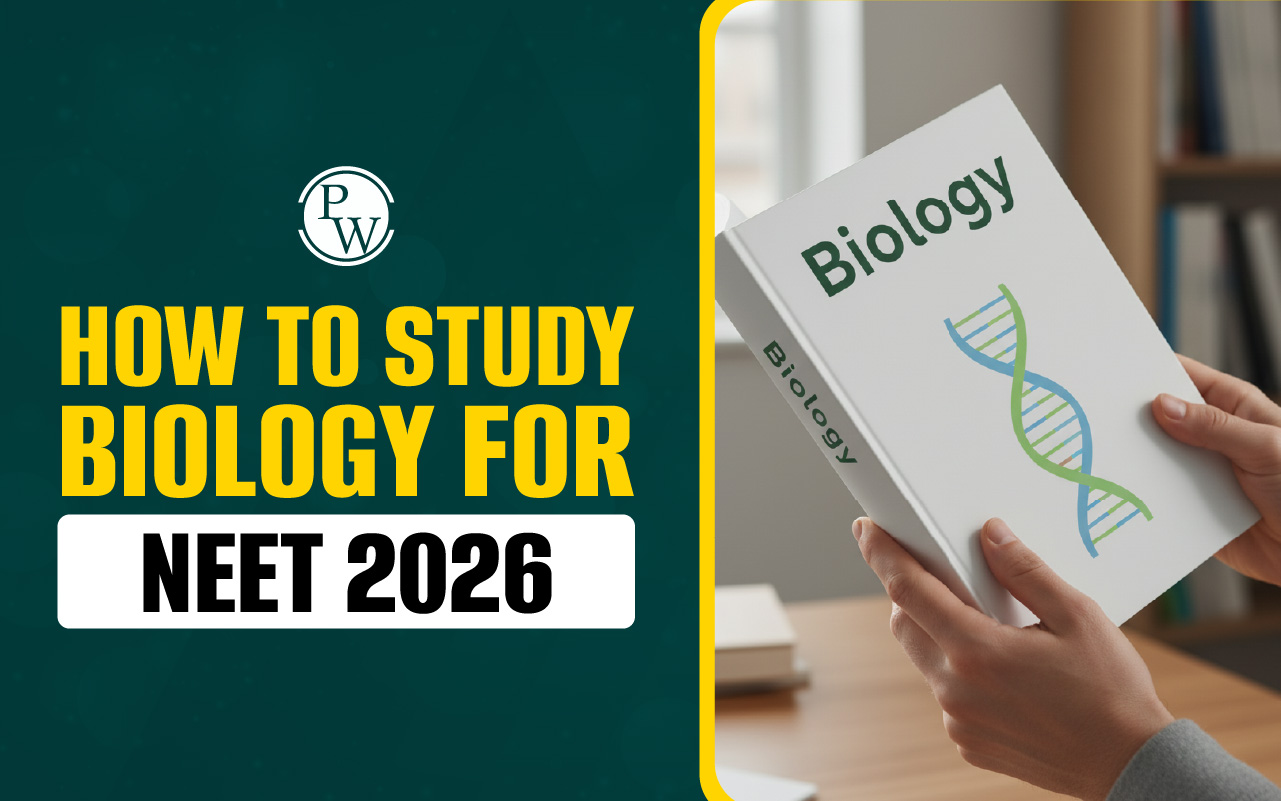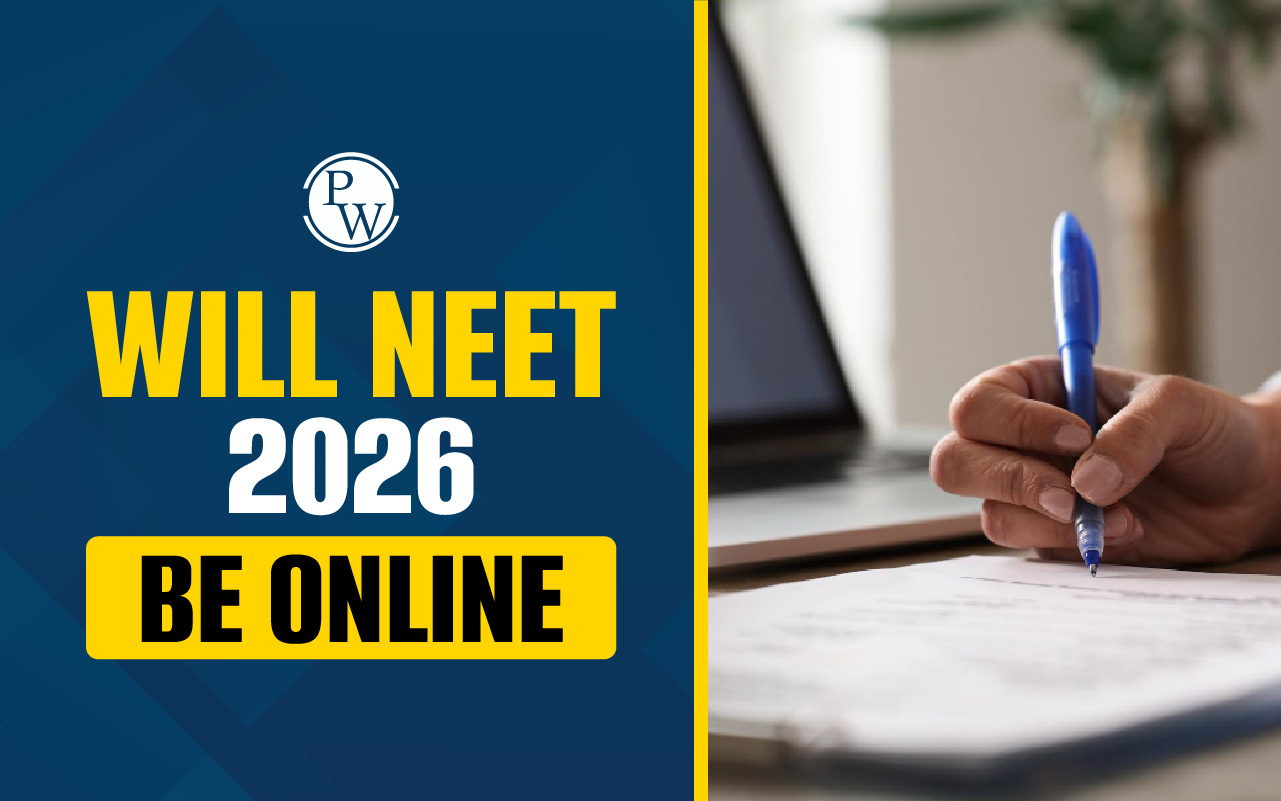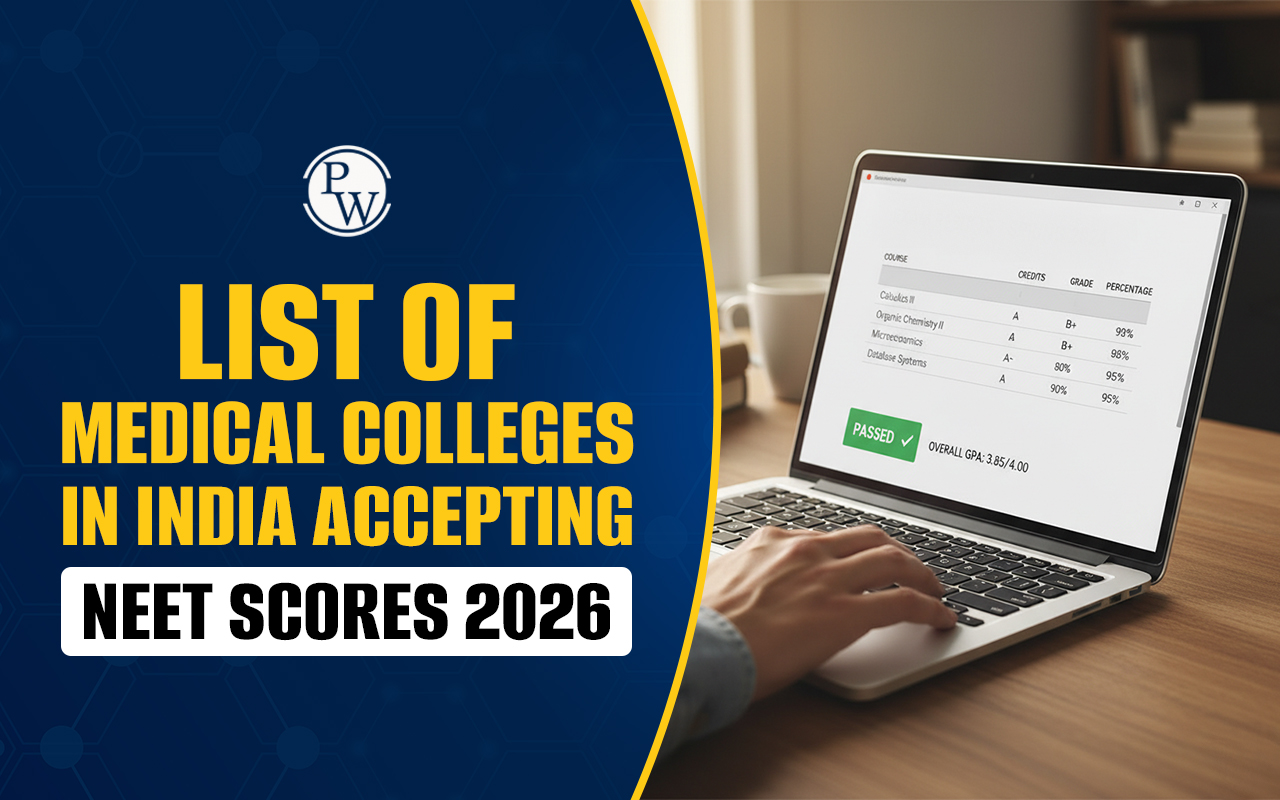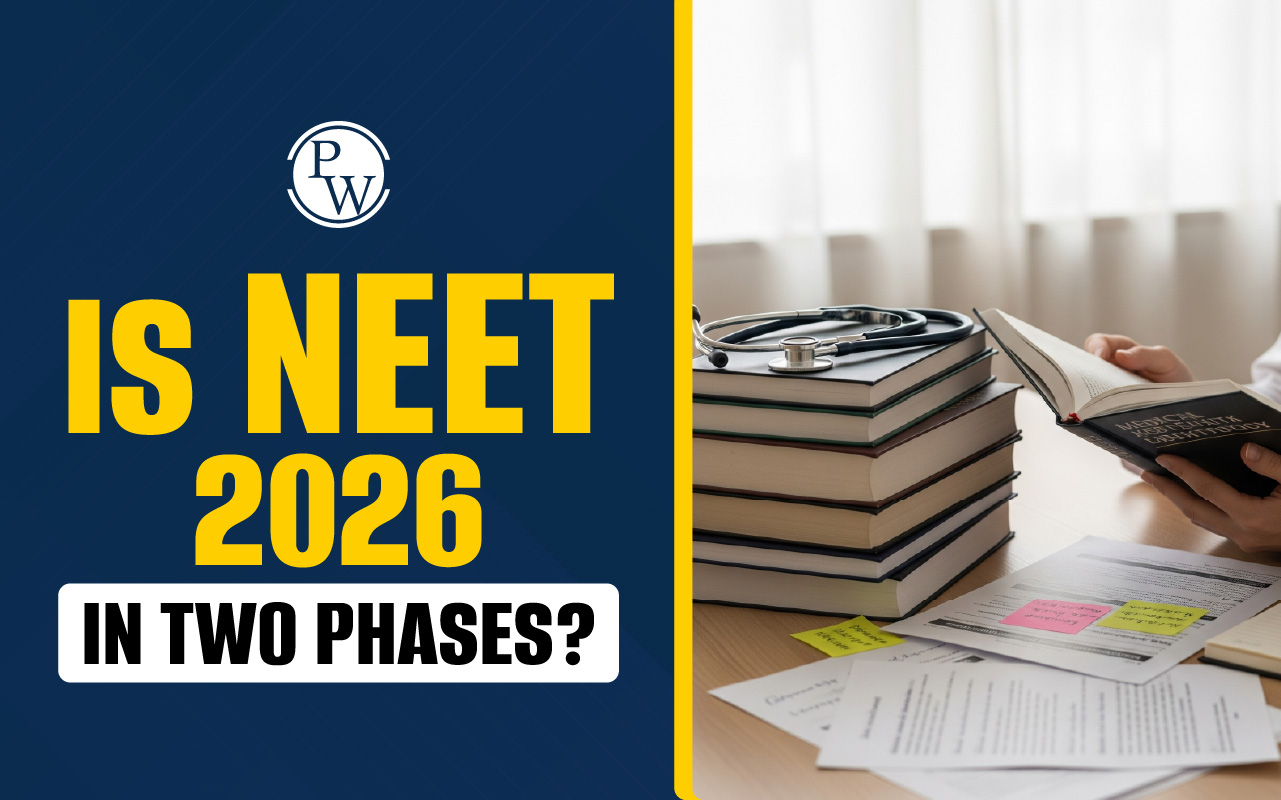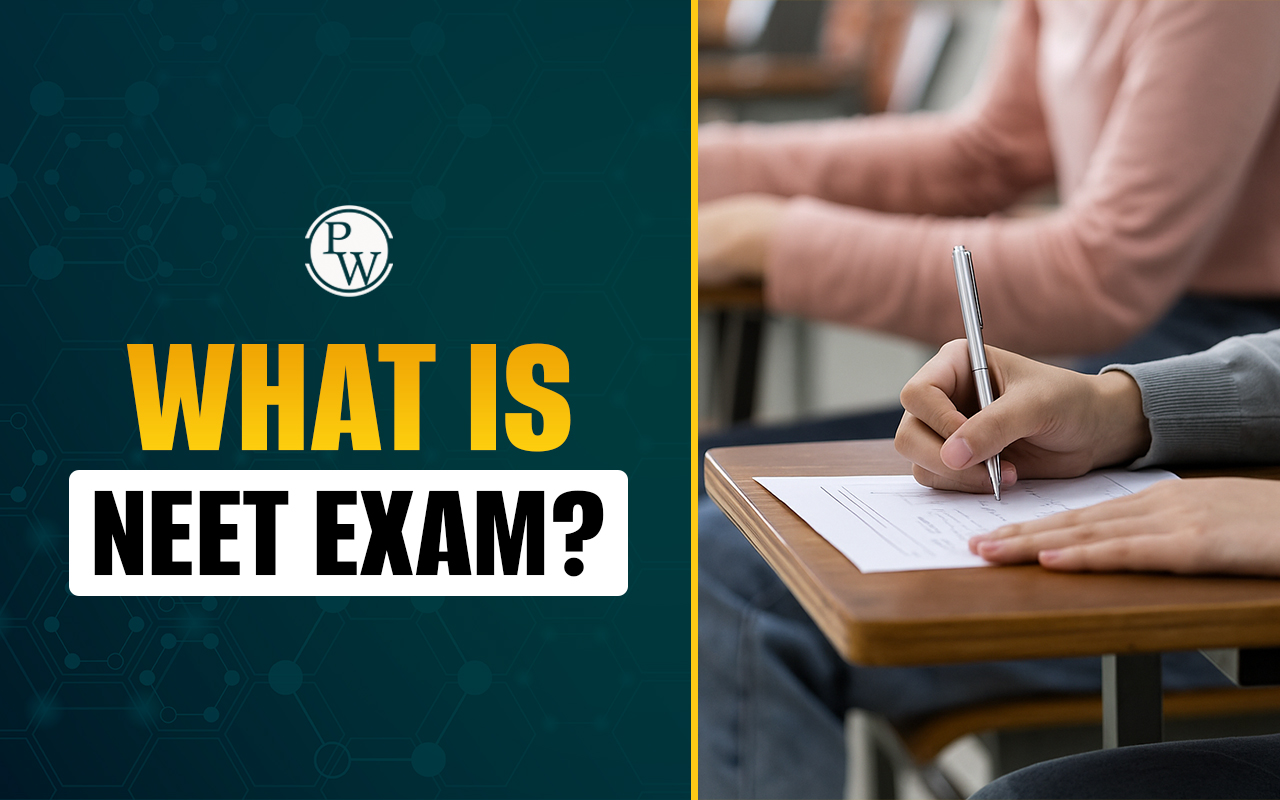
Units And Measurements: In order to quantify physical quantities such as mass, length, and time, we need a standard measurement. The unit of that physical quantity is this measurement standard. For instance, the metre is the unit of length, and one metre is a conventional length with a defined meaning. Finding the number of times this standard length meter is contained in an object's length is necessary to calculate its length. Comparing a physical quantity with a standard quantity is the process of measurement. Students can read all the information about Units And Measurements in the below article.
Units And Measurements
We will gain a general concept of studying units and measurements in this chapter. The fundamentals of physics are covered in this chapter. We will learn about physical quantities and their units in this chapter. Physical quantities can be classified into two main groups. Fundamental physical quantities make up the first, and derived physical quantities make up the second. Likewise, there are two categories for units: derived units and fundamental or standard units. These physical quantities and their units are covered in this chapter. We will learn how to define a unit for any physical quantity in this chapter.NEET Physics Chapter wise Weightage
Units And Measurements Fundamentals
A single type of entity can express fundamental quantities, meaning that no other entity is required to derive them. The kilogram, for instance, is used to define the quantity mass and is also used to define force, momentum, and many other quantities. Listed below are the seven basic quantities.- Mass
- Current
- Time
- Temperature
- Length
- Substance Amount
- Luminous Intensity
Enroll Now for PW NEET Online Coaching
Physical Quantity
Physical quantities are those that can be used to express the rules of physics. Any quantity that can be measured is considered physical. As a result, physical quantities include mass, time, length, pressure, temperature, current, and resistance.Physical quantity = Numerical value (N) × Unit (U)
 Magnitude of physical quantity is always constant
Magnitude of physical quantity is always constant
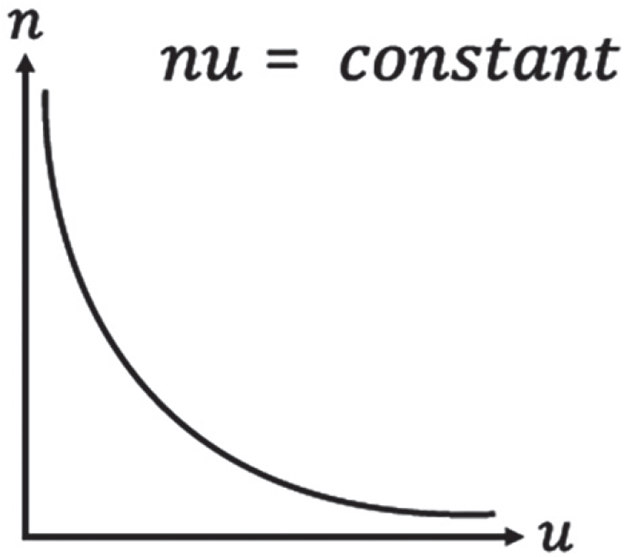
Units
- A Unit of measurement is a reference standard used to express a physical quantity in multiples of that standard.
- A Measurement is expressed as a numerical value plus the appropriate unit.
- Example: metre, newton, second, kilogram, joule, watt etc.
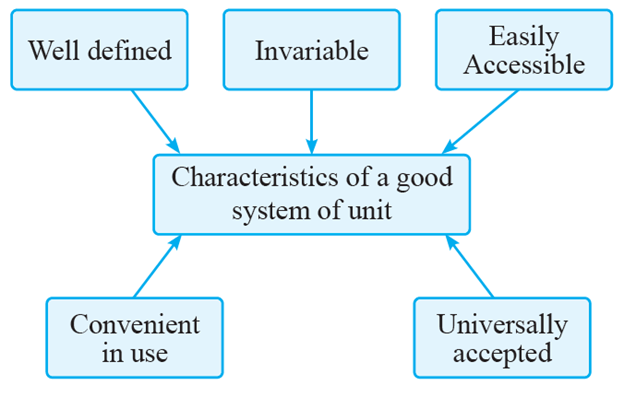
Types Of Physical Quantities
Physical Quantities are two types of quantities i.e. Fundamental Physical Quantities and Derived Physical Quantities. A quantity that can be measured using a measuring tool is referred to as a fundamental physical quantity. Derived physical quantities are those that originate from one or more fundamental physical quantities. Area, volume, speed, density, etc. are some examples.
Fundamental Physical Quantities
The fundamental quantities are the physical quantities that are independent of each other. Fundamental Physical Parameters independent of other parameters. The seven basic physical quantities are as follows, with their corresponding SI units:
Plane Angle (Radian) (Rad)
Angles can be measured in radians. The degree and radian are the two units we use to measure angles. An arc of length one unit in a unit circle (circle of radius one unit) subtended at its center is measured to be one radian. The symbols "rad" or "c" stand for the radian measure.
Solid Angle (steradian) (sr)
- An angle in three dimensions is called a solid angle.
- It is the angle in the center of a spherical surface of unit radius that any portion of the surface subtends.
- It is represented as Ω.
- An angle that is solid has no dimensions.
- The steradian is the SI unit for solid angle.
- If A is the area of a portion of the spherical surface and r is the sphere's radius, the solid angle may be found using the following formula:
Ω = A/d2
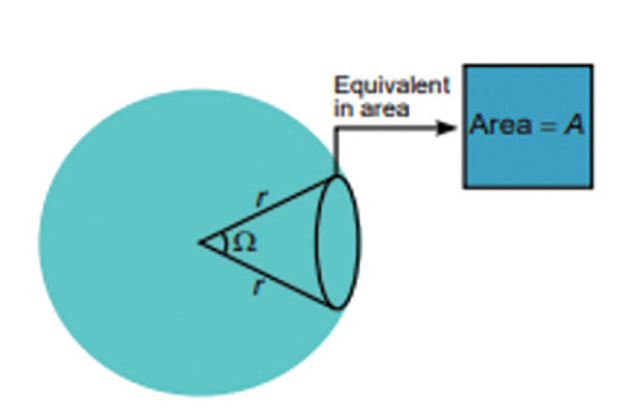
where, W = 2Ar
- A = Area
- W = Solid angle
- r = radius
Derived Physical Quantity
The phrase "derived quantities" refers to those physical quantities that can be represented in terms of fundamental quantities. One derived quantity that depends on length and time is velocity.Astronomical Unit
The astronomical unit, or au, is a unit of length that is defined as 149,597,870.7 km (92,955,807.3 miles), which is approximately equal to the average, or mean, distance between Earth and the Sun. Alternatively, it may be interpreted as the semimajor axis length, which is equivalent to half of the maximum diameter of Earth's elliptical orbit through space.1 AU= 1.496 × 10 11 m

Light Year
- The unit of distance is one light-year.
- It is the distance that a light photon covers in a Julian year while it is in the vacuum.
- Value of one light-year is constant and is represented by ly.
- Astrophysics frequently uses the phrase "light-year" to refer to the separation between two celestial objects.
- The speed of light is approximately 300,000 kilometers per second.
- It has a 10 trillion km trip range.
Parallactic Angle
The angle formed at a point on the celestial sphere by the great circles that cross the point and the zenith and the celestial pole.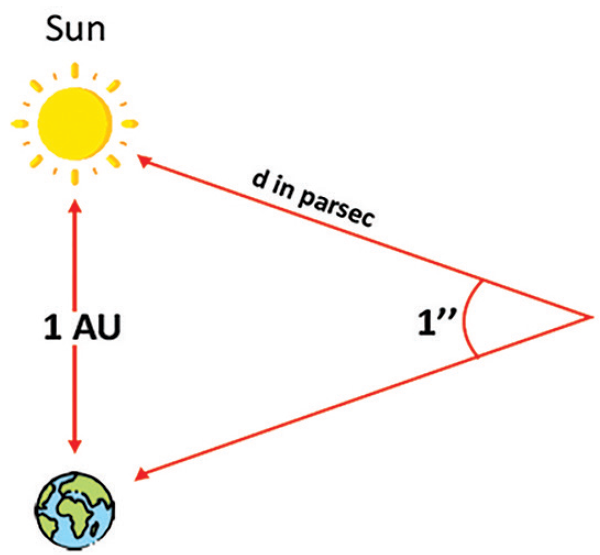
Units of Lengths
- parsec 1 parsec = 3.084 × 1016 m
- Light year (ly) 1ly = 9.46 × 1015 m
- 1 A.U (distance between sun and earth) 1 A.U = 1.496 × 1011 m
- fermi 1 fm = 10–15 m
- angstrom (Å) 1Å = 10–10 m
- nanometre (nm) 1 nm = 10–9 m
- Units of Mass
- Atomic mass unit (amu) 1 amu = 1.66 × 1027 kg
- Quintal 1 Quintal = 100 kg
Dimensions And Examples In Units And Measurements
The measurement of an object's size, distance, or region in a single direction is called its dimension. Dimensions are the powers to which a quantity is represented by raising its base quantities.|
Fundamental Quantity And Symbols |
|
| Fundamental Quantity | Symbol/Formula |
| Length | L |
| Mass | m |
| Time | t |
| Temperature | T |
| Amount of Substance | n |
| Electric Current | I |
| Luminous Intensity | Iv |
| Area | A |
| Velocity | v |
| Acceleration | a |
| Force | F |
| Work | W |
| Energy (K.E. or P.E.) | E |
| Surface Tension (S) | S |
| Linear Momentum (p) | p |
| Angular Momentum (L) | L |
| Torque (τ) | τ |
| Pressure | P |
| Stress | σ |
| Strain | ε |
| Young’s Modulus of Elasticity (Y) | Y |
| Planck’s Constant (h) | h |
| Charge | q |
| Permittivity of Free Space | ε₀ |
| Gravitational Constant | G |
| Coefficient of Viscosity | η |
| Voltage (P/I) | V = P/I |
| Resistance (P/I²) | R = P/I² |
| Capacitance (Q/V) | C = Q/V |
Dimensionless Quantity
A amount without a physical dimension is referred to as a dimensionless quantity (also called a bare quantity, pure quantity, or quantity of dimension one). Numerous disciplines, including mathematics, physics, chemistry, engineering, and economics, heavily rely on dimensionless quantities.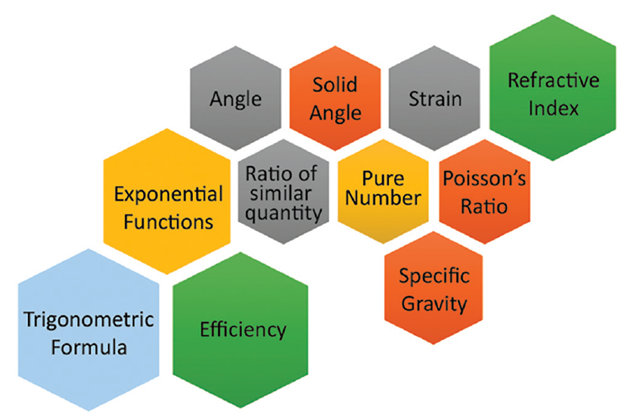
Dimensional Analysis
Dimensional analysis is the process by which we quantify an object's size and shape. It facilitates our mathematical investigation of object nature. It includes geometrical characteristics like straightness and flatness in addition to lengths and angles. Dimension is the fundamental concept that states that quantities can only be added or removed that have the same dimensions. In a similar vein, two physical quantities can only be equal if their dimensions match.Applications of Dimensional Analysis
A basic component of measurement, dimensional analysis finds use in practical physics. Dimensional analysis is used for three main purposes:- To determine whether a dimensional equation is consistent
- To determine how physical quantities relate to one another in physical phenomena
- To convert units between different systems
Principle of Homogeneity
Every term in a dimensional equation should have the same dimensions on both sides, in accordance with the Principle of Homogeneity. This idea is helpful since it lets us switch the units from one form to another.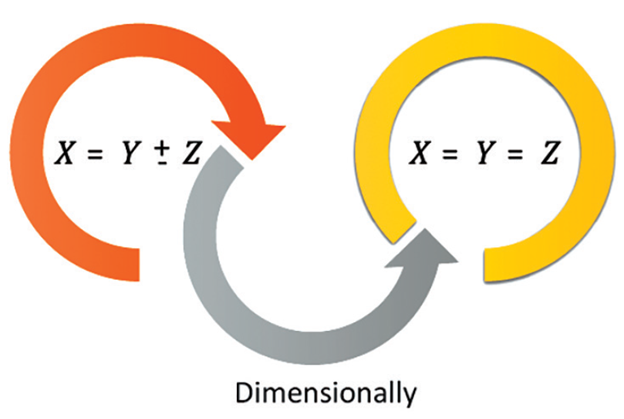
Limitations of Dimensional Analysis
Among dimensional analysis's drawbacks are:- It provides no details regarding the dimensional constant.
- It is not possible to derive the formula containing the logarithmic function, exponential function, and trigonometric function, among others.
- It provides no information regarding the vector or scalar nature of a physical quantity.
Errors, Significant Figures
One way to talk about potential errors that have occurred in physical measurements is through error analysis. It involves adding the observed magnitude to the source of inaccuracy. It enables us to assess the validity of our analysis. In mathematics, an estimated error is precise because the measurement unit used to calculate its uncertainty plays a role in determining its value. When reading about measurement uncertainty, two terms you may come across are error analysis and significant figures. mistake analysis takes into account the causes of mistake, and significant figures indicate the amount of error that needs to be taken into account in particular computations.Significant Figures and Rounding off
We refer to the quantity of digits in the measured values that we are certain are correct as significant figures or significant digits.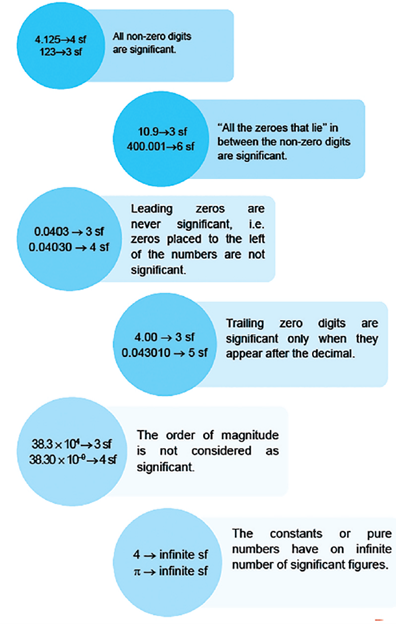
Rules of Rounding off The Uncertain Digits Upto 3 Significant Figures
One kind of estimation is rounding off. In addition to being utilized in math and physics classes, estimation is also used in daily life. Many physical values are estimated by rounding off the actual number to the closest whole number. Examples of these numbers include the amount of money, the distance traveled, the length measured, etc.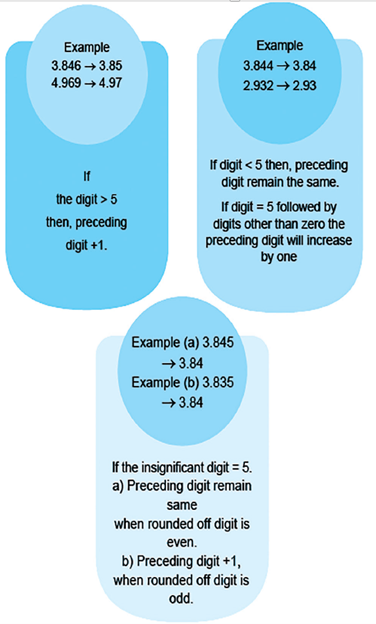
Accuracy
Accuracy is the degree to which a measured result resembles a standard or recognized value. For instance, your measurement is inaccurate if you weigh a substance in the lab and find that it weighs 3.2 kg, while the real weight is 10 kg. Your measurement in this instance is far from the known value.Precision
It speaks about the resolution or measurement limit of the quantity. The measurement instrument's least count determines precision. The lower the lowest count of the measurement device, the higher the accuracy. The precision of a quantity measurement is the degree to which the set of values obtained from repeating the measurement a number of times is closely spaced.Errors In A Measurement
In every procedure, measurement errors are a common occurrence. Every measurement that is made with the aid of a measuring device has some degree of uncertainty in its output. Error is the term for this uncertainty. There is always a calibrated scale to measure a physical quantity in any system, whether it be mathematical or physical. This predetermined scale is used to read a numerical value when it is measured. Error = Measured value – True value
Systematic Error
- y Instrumental error (zero error)
- y Wrong experimental technique
- y Personal error
Random Error
Errors that are sporadic in both their direction and magnitude.Combination of Errors
Consider X = (a ± Δa) and Y = (b ± Δb) Error in case of sum Let P be the sum of X and Y Therefore, P = X + Y = a + b and ΔP = Δa + Δb Therefore, (P ± ΔP) = (a + b) ± (Δa + Δb)Measuring Instruments
A tool used to measure a physical quantity is called a measuring instrument. Measurement is the process of obtaining and comparing physical quantities of real-world objects and events in the physical sciences, quality assurance, and engineering.Least Count
Its least count is the smallest value that the measuring device is capable of measuring. Only up to this value are measured values considered good. The inaccuracy related to the instrument's resolution is known as the least count error.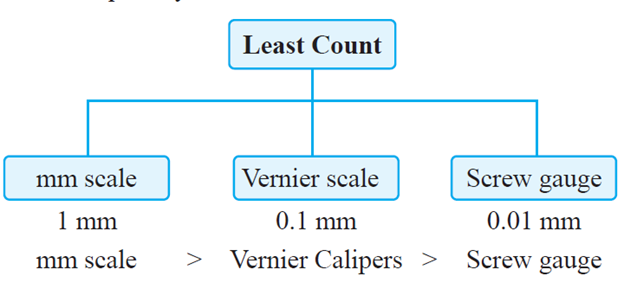
- A meter scale is used for lengths from 10–3 m to 102 m
- y A vernier calipers is used for lengths to an accuracy of 10–4m.
- y A screw gauge and spherometer can be used to measure lengths as less as to 10–5m.
Metre Scale
A metre scale is a one-meter long scale with 100 equal sections, each of which is equivalent to one centimeter. Additionally, as we go deeper into the scale's markings, we find that every centimeter is split into ten equal portions, each of which is equivalent to one millimeter.
Vernier Caliper
The definition of a vernier calliper is a measuring tool for linear dimension measurements. Using measuring jaws, it can also be used to measure the diameters of spherical objects.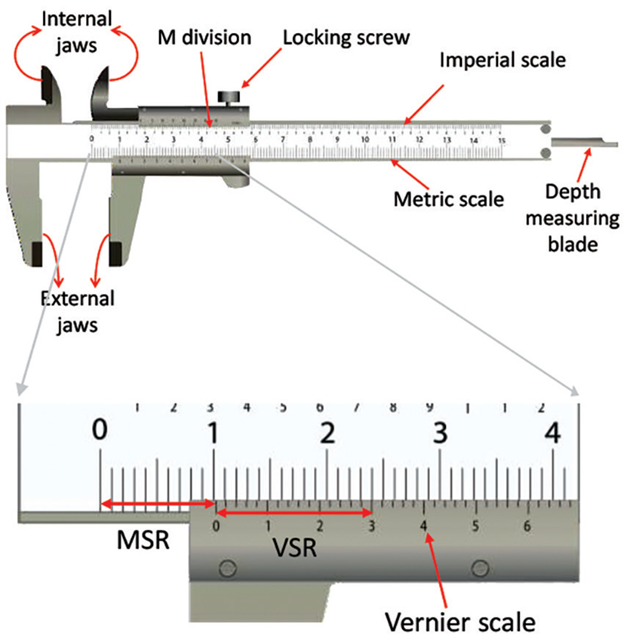
Screw Gauge
A mechanical instrument called a screw gauge makes it easier to measure a thin wire's diameter, radius, thickness, or thickness of a thin metal sheet precisely. The Screw Gauge schematic is displayed in Figure 1. The major components of this instrument are the U-shaped frame and the spindle, or screw, that is fastened to the thimble.
Uses of Screw Gauge
With an accuracy of 0.001 cm (or 10−5m), it is used to measure the outer diameter of cylindrical objects, primarily wires. Among other things, it can be used to determine the thickness of a piece of paper. It is the linear distance covered by one full rotation of the circular scale of the main scale.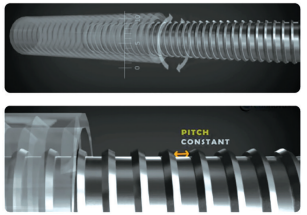
Least Count of Screw Gauge
Smallest and most accurate value in quantity can be resolved on the circular scale. Least count of screw gauge = Pitcs number of divisions on the circular scale Total Reading = pitch scale reading + (corrected head scale division × least count)Negative Zero Error
The zero error is considered to be negative when the circular scale's zero mark is above the main scale's baseline. True reading = Observed Reading – Zero error with sign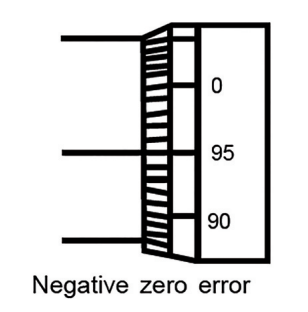
Unit And Measurement FAQs
Q1. What does the word "dimension" mean in physics?
Q2. How important is it to round off?
Q3. State the principle of homogeneity of dimensions.
Q4. What is meant by a unit?


